Blog
Read more about our approach to building safe intelligence for video.
All
TrustAndSafety
DigitalAdvertising
PYLER
AdTech
VideoUnderstanding
ContextualTargeting
BrandSafety
Jaeho’s Lens
Tech
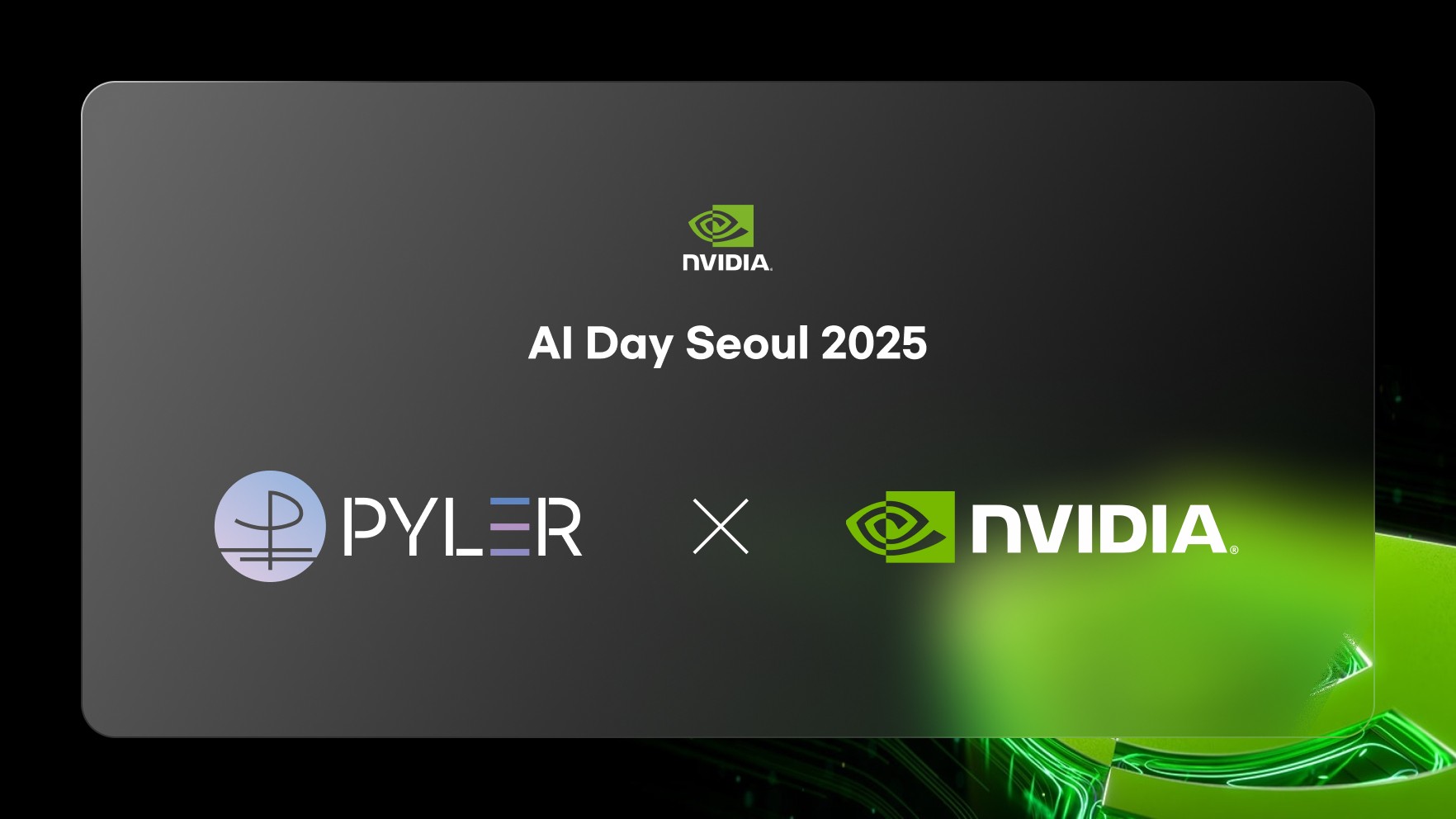
NVIDIA AI Day Seoul 2025 Recap: PYLER’s AI Stack for Video Understanding
PYLER
Tech
VideoUnderstanding
2025. 12. 11.

The “Golden” Time for AI Media Buying
AdTech
BrandSafety
ContextualTargeting
DigitalAdvertising
VideoUnderstanding
2025. 12. 5.
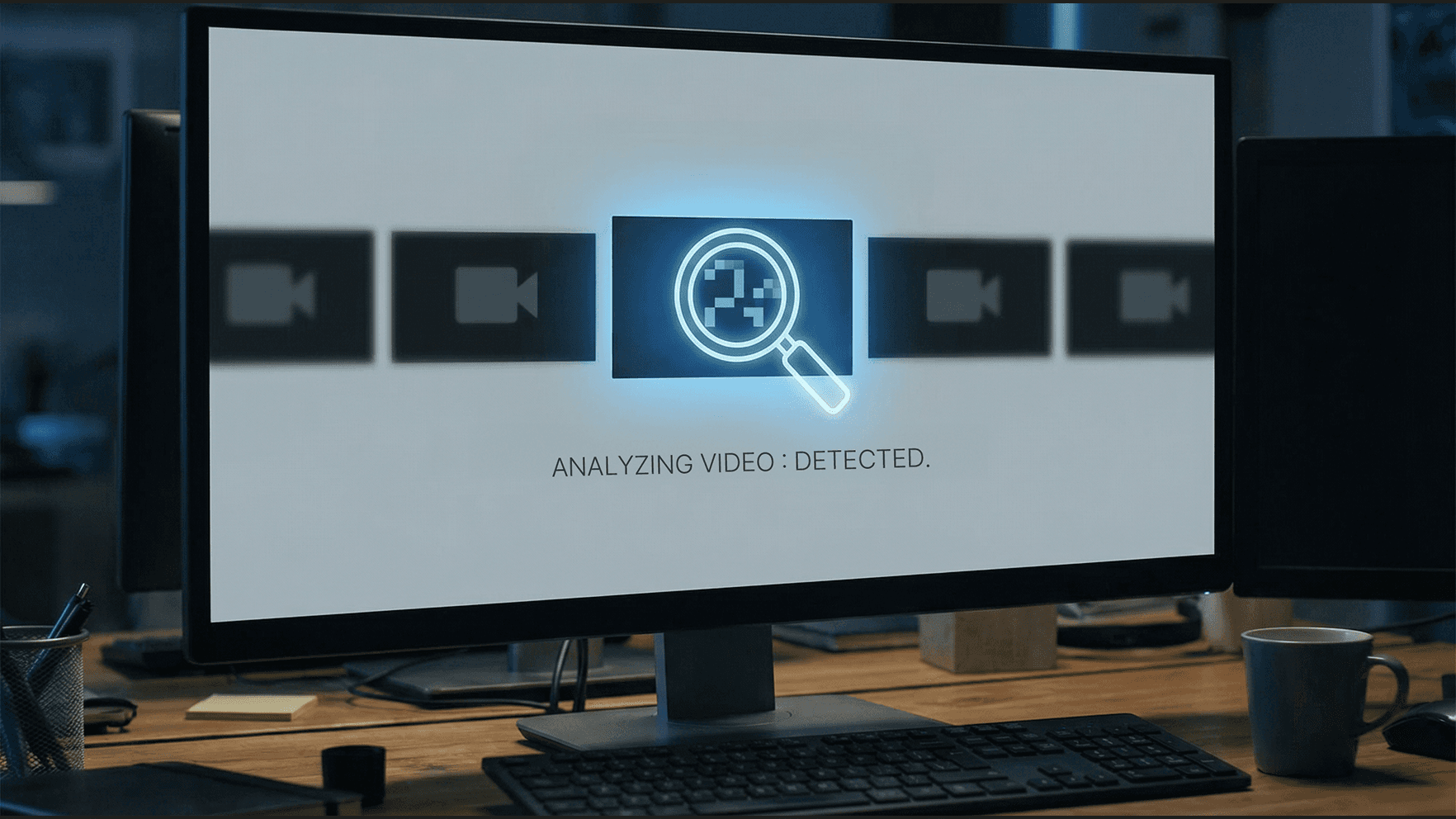
Real-Time Video Understanding AI for Safer, Smarter Digital Advertising
BrandSafety
ContextualTargeting
PYLER
Tech
VideoUnderstanding
2025. 11. 28.

Brand Safety Summit New York Recap: From Brand Safety to Brand & AI Safety
AdTech
BrandSafety
ContextualTargeting
DigitalAdvertising
VideoUnderstanding
2025. 11. 16.
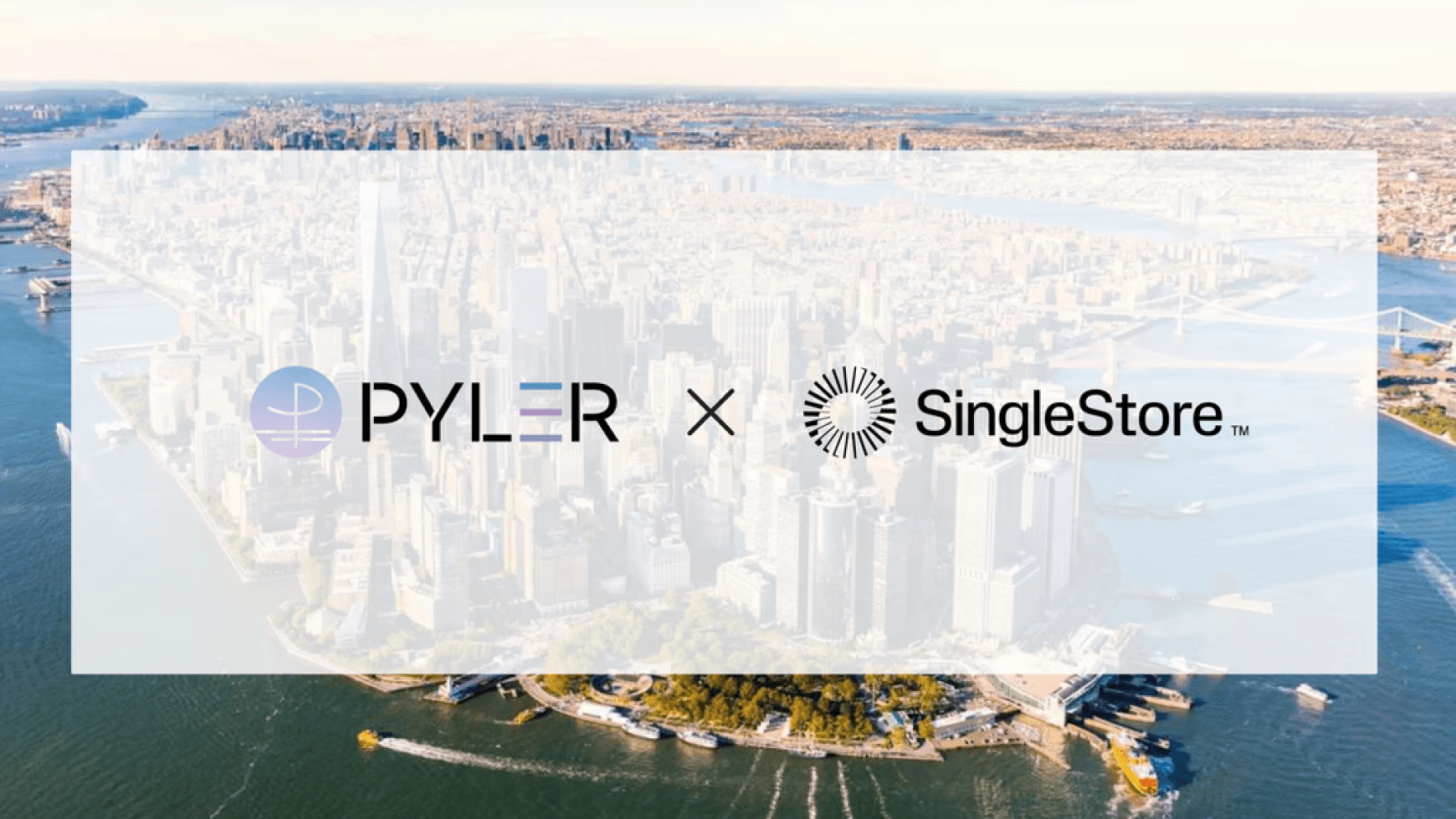
Why Real-Time Context is a Critical Bottleneck for AI – PYLER's Take from SingleStore Now 2025
Tech
2025. 11. 13.

End of the Foundation Model Competition: Artificial World Needs a Validation Layer
Jaeho’s Lens
2025. 11. 7.
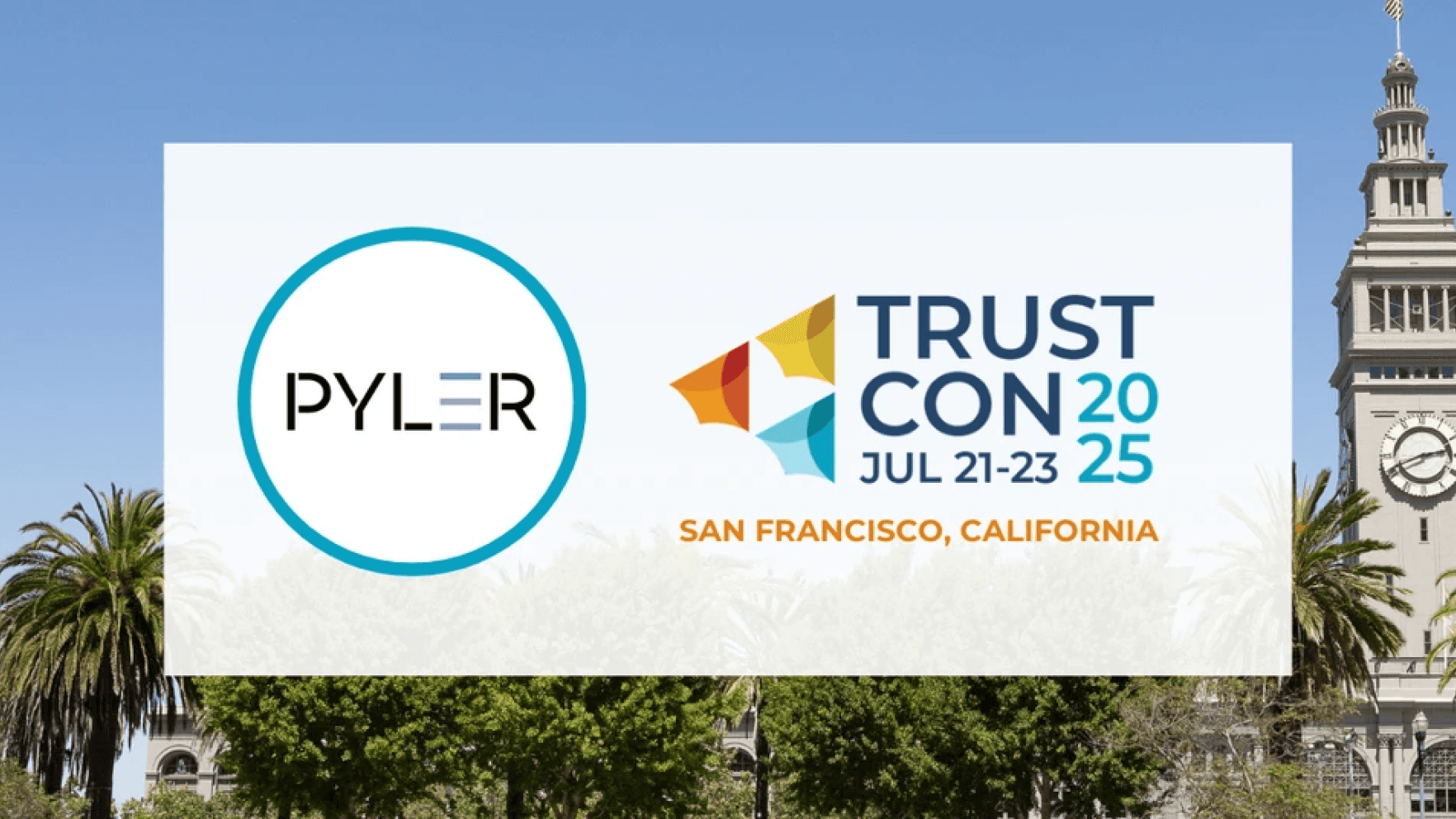
[Pre-TrustCon 2025 Release] Video, AI, and the Evolving Landscape of Trust & Safety
PYLER
TrustAndSafety
2025. 7. 22.
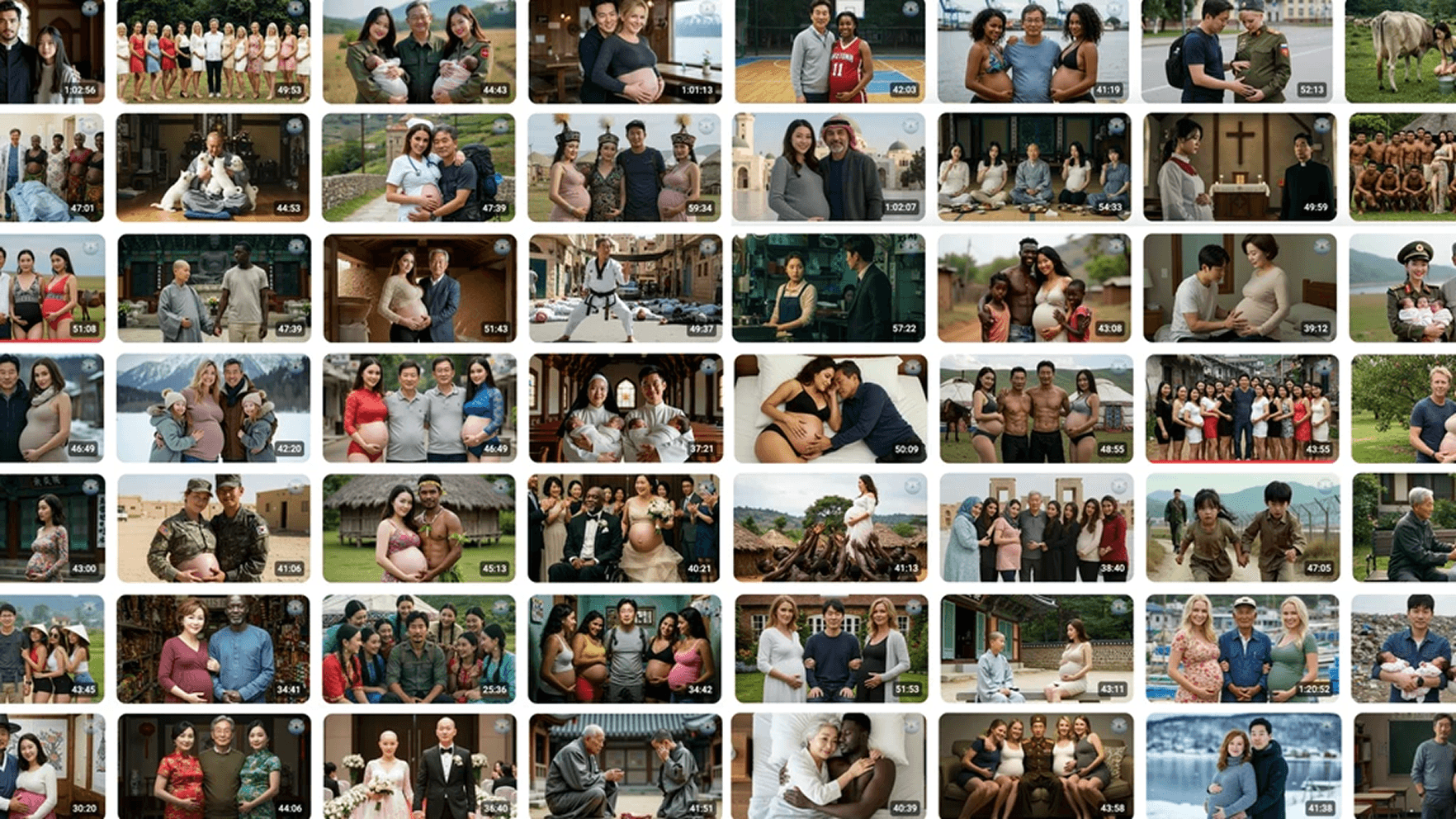
The Invisible Threat: How AI-Generated Harmful Content Erodes Trust and Drains Ad Budgets
BrandSafety
TrustAndSafety
2025. 7. 9.

Accelerating Video Understanding for ad generation with Visual AI Agents
AdTech
ContextualTargeting
PYLER
VideoUnderstanding
2025. 5. 27.

PYLER CEO Oh Jaeho Named to Forbes Asia’s '30 Under 30' List
AdTech
PYLER
2025. 5. 28.

PYLER Becomes First in Korea to Deploy NVIDIA DGX B200
ContextualTargeting
PYLER
VideoUnderstanding
2025. 5. 28.

PYLER Secures $16.9M in Series Funding to Advance AI Brand Safety Solutions, bringing Total Investment to $26.2M
AdTech
PYLER
2025. 5. 28.

Brand Safety in Korea: How It Falls Behind Global Standards
BrandSafety
DigitalAdvertising
2025. 5. 28.

AiD: Solution That Protects Brand Trust
BrandSafety
TrustAndSafety
2025. 6. 10.

EU’s Digital Services Act: Heavy Fines for Failing to Moderate Harmful Content
AdTech
BrandSafety
DigitalAdvertising
TrustAndSafety
2025. 5. 28.

When Advertising Backfires: How Brands Lose Trust by Paying for the Wrong Placements
BrandSafety
2025. 5. 28.

PYLER: Solving Challenges in the Digital Advertising Market with AI
BrandSafety
ContextualTargeting
VideoUnderstanding
2025. 5. 27.
All
TrustAndSafety
DigitalAdvertising
PYLER
AdTech
VideoUnderstanding
ContextualTargeting
BrandSafety
Jaeho’s Lens
Tech

NVIDIA AI Day Seoul 2025 Recap: PYLER’s AI Stack for Video Understanding
PYLER
Tech
VideoUnderstanding
2025. 12. 11.

The “Golden” Time for AI Media Buying
AdTech
BrandSafety
ContextualTargeting
DigitalAdvertising
VideoUnderstanding
2025. 12. 5.

Real-Time Video Understanding AI for Safer, Smarter Digital Advertising
BrandSafety
ContextualTargeting
PYLER
Tech
VideoUnderstanding
2025. 11. 28.

Brand Safety Summit New York Recap: From Brand Safety to Brand & AI Safety
AdTech
BrandSafety
ContextualTargeting
DigitalAdvertising
VideoUnderstanding
2025. 11. 16.

Why Real-Time Context is a Critical Bottleneck for AI – PYLER's Take from SingleStore Now 2025
Tech
2025. 11. 13.

End of the Foundation Model Competition: Artificial World Needs a Validation Layer
Jaeho’s Lens
2025. 11. 7.

[Pre-TrustCon 2025 Release] Video, AI, and the Evolving Landscape of Trust & Safety
PYLER
TrustAndSafety
2025. 7. 22.

The Invisible Threat: How AI-Generated Harmful Content Erodes Trust and Drains Ad Budgets
BrandSafety
TrustAndSafety
2025. 7. 9.

Accelerating Video Understanding for ad generation with Visual AI Agents
AdTech
ContextualTargeting
PYLER
VideoUnderstanding
2025. 5. 27.

PYLER CEO Oh Jaeho Named to Forbes Asia’s '30 Under 30' List
AdTech
PYLER
2025. 5. 28.

PYLER Becomes First in Korea to Deploy NVIDIA DGX B200
ContextualTargeting
PYLER
VideoUnderstanding
2025. 5. 28.

PYLER Secures $16.9M in Series Funding to Advance AI Brand Safety Solutions, bringing Total Investment to $26.2M
AdTech
PYLER
2025. 5. 28.

Brand Safety in Korea: How It Falls Behind Global Standards
BrandSafety
DigitalAdvertising
2025. 5. 28.

AiD: Solution That Protects Brand Trust
BrandSafety
TrustAndSafety
2025. 6. 10.

EU’s Digital Services Act: Heavy Fines for Failing to Moderate Harmful Content
AdTech
BrandSafety
DigitalAdvertising
TrustAndSafety
2025. 5. 28.

When Advertising Backfires: How Brands Lose Trust by Paying for the Wrong Placements
BrandSafety
2025. 5. 28.

PYLER: Solving Challenges in the Digital Advertising Market with AI
BrandSafety
ContextualTargeting
VideoUnderstanding
2025. 5. 27.
All
TrustAndSafety
DigitalAdvertising
PYLER
AdTech
VideoUnderstanding
ContextualTargeting
BrandSafety
Jaeho’s Lens
Tech

NVIDIA AI Day Seoul 2025 Recap: PYLER’s AI Stack for Video Understanding
PYLER
Tech
VideoUnderstanding
2025. 12. 11.

The “Golden” Time for AI Media Buying
AdTech
BrandSafety
ContextualTargeting
DigitalAdvertising
VideoUnderstanding
2025. 12. 5.

Real-Time Video Understanding AI for Safer, Smarter Digital Advertising
BrandSafety
ContextualTargeting
PYLER
Tech
VideoUnderstanding
2025. 11. 28.

Brand Safety Summit New York Recap: From Brand Safety to Brand & AI Safety
AdTech
BrandSafety
ContextualTargeting
DigitalAdvertising
VideoUnderstanding
2025. 11. 16.

Why Real-Time Context is a Critical Bottleneck for AI – PYLER's Take from SingleStore Now 2025
Tech
2025. 11. 13.

End of the Foundation Model Competition: Artificial World Needs a Validation Layer
Jaeho’s Lens
2025. 11. 7.

[Pre-TrustCon 2025 Release] Video, AI, and the Evolving Landscape of Trust & Safety
PYLER
TrustAndSafety
2025. 7. 22.

The Invisible Threat: How AI-Generated Harmful Content Erodes Trust and Drains Ad Budgets
BrandSafety
TrustAndSafety
2025. 7. 9.

Accelerating Video Understanding for ad generation with Visual AI Agents
AdTech
ContextualTargeting
PYLER
VideoUnderstanding
2025. 5. 27.

PYLER CEO Oh Jaeho Named to Forbes Asia’s '30 Under 30' List
AdTech
PYLER
2025. 5. 28.

PYLER Becomes First in Korea to Deploy NVIDIA DGX B200
ContextualTargeting
PYLER
VideoUnderstanding
2025. 5. 28.

PYLER Secures $16.9M in Series Funding to Advance AI Brand Safety Solutions, bringing Total Investment to $26.2M
AdTech
PYLER
2025. 5. 28.

Brand Safety in Korea: How It Falls Behind Global Standards
BrandSafety
DigitalAdvertising
2025. 5. 28.

AiD: Solution That Protects Brand Trust
BrandSafety
TrustAndSafety
2025. 6. 10.

EU’s Digital Services Act: Heavy Fines for Failing to Moderate Harmful Content
AdTech
BrandSafety
DigitalAdvertising
TrustAndSafety
2025. 5. 28.

When Advertising Backfires: How Brands Lose Trust by Paying for the Wrong Placements
BrandSafety
2025. 5. 28.

PYLER: Solving Challenges in the Digital Advertising Market with AI
BrandSafety
ContextualTargeting
VideoUnderstanding
2025. 5. 27.
© 2025 PYLER. All rights reserved.
© 2025 PYLER. All rights reserved.
© 2025 PYLER. All rights reserved.
See for yourself why the best brands trust PYLER
See for yourself why the best brands trust PYLER
See for yourself why the best brands trust PYLER